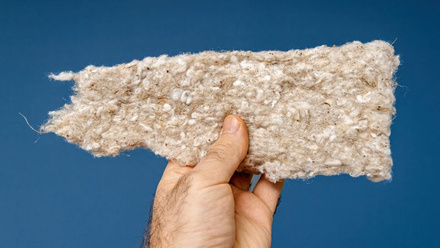Saudi Arabian mining firm forges partnerships to boost capability
Ma’aden seeks to accelerate discovery and development of mineral resources in the Kingdom of Saudi Arabia through new agreements.

Aramco, an integrated energy and chemicals company, and Ma’aden, a multi-commodity mining and metals company in the Middle East and North Africa region, are forming a minerals exploration and mining joint venture (JV) in the Kingdom of Saudi Arabia.
Meanwhile, Ma’aden and Australian firm Fleet Space & Tahreez have signed a Memorandum of Understanding to use the latest breakthroughs in space, multiphysics and artificial intelligence drill targeting services.
The partnership will enable Ma’aden to deploy Fleet Space’s vertically integrated technology stack, ExoSphere, to drive real-time 3D subsurface imaging at scale – a capability needed to unlock the exploration potential of the Arabian Shield.
ExoSphere is designed to complement modern mining operations and reportedly enables ambitious exploration strategies by unlocking faster, more precise targeting decisions at scale in the world’s harshest exploration conditions, according to Co-Founder & CEO of Fleet Space, Flavia Tata Nardini.
Fleet Space launched its most advanced exploration satellites –Centauri 7 & Centauri 8 – on SpaceX's Transporter 12 mission this week, building its satellite capacity to support an expansion of ExoSphere's capabilities.
The Aramco joint venture is designed to help meet the Kingdom’s forecasted demand for lithium, which is expected to grow 20-fold between 2024 and 2030, supporting an estimated 500,000 electric vehicle batteries and 110GW of renewables.
It is expected to extend Aramco’s capabilities into an adjacent sector, leveraging its skills in resource and data management. Also, the deal is expected to further harness natural resources using subsurface data, as well as emerging technologies, to advance the Kingdom’s economic diversification and energy ambitions.
Aramco has identified several areas with a high lithium concentration of up to 400 parts per million.








